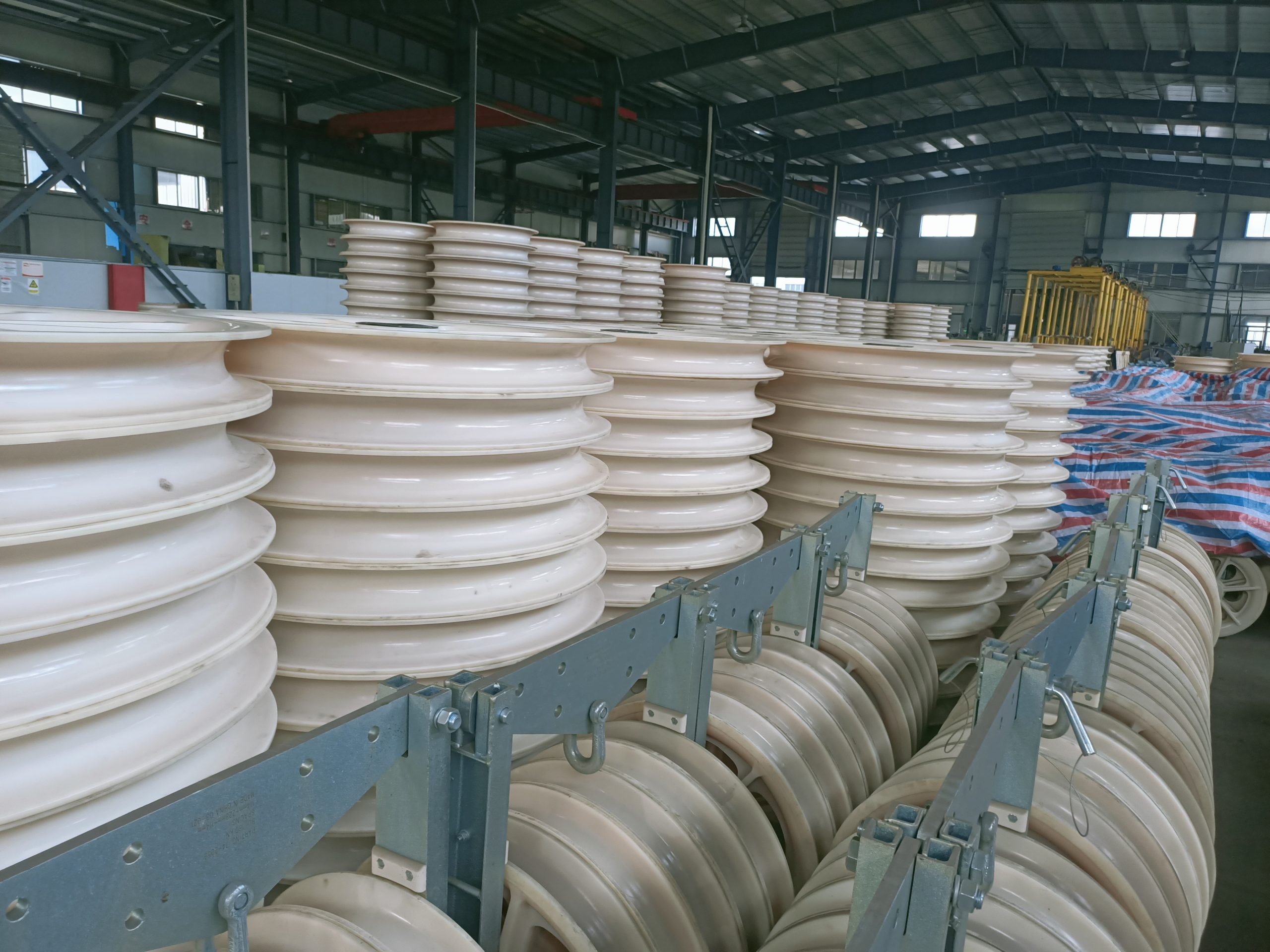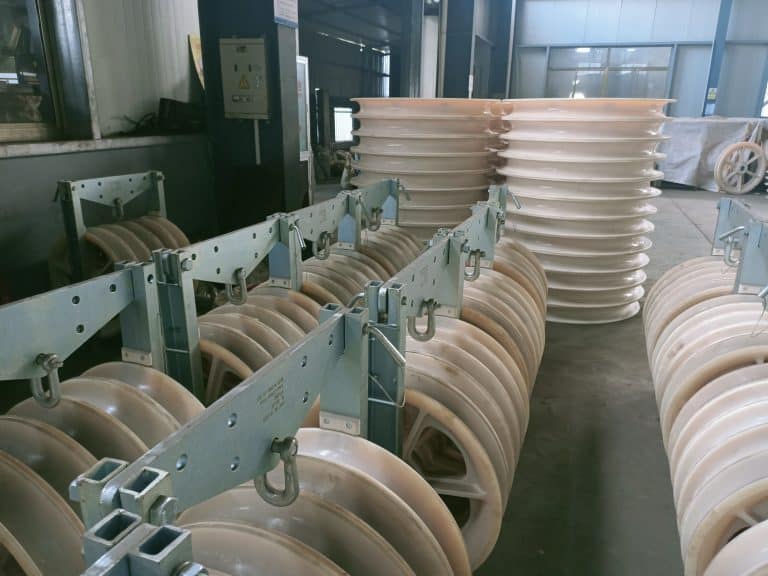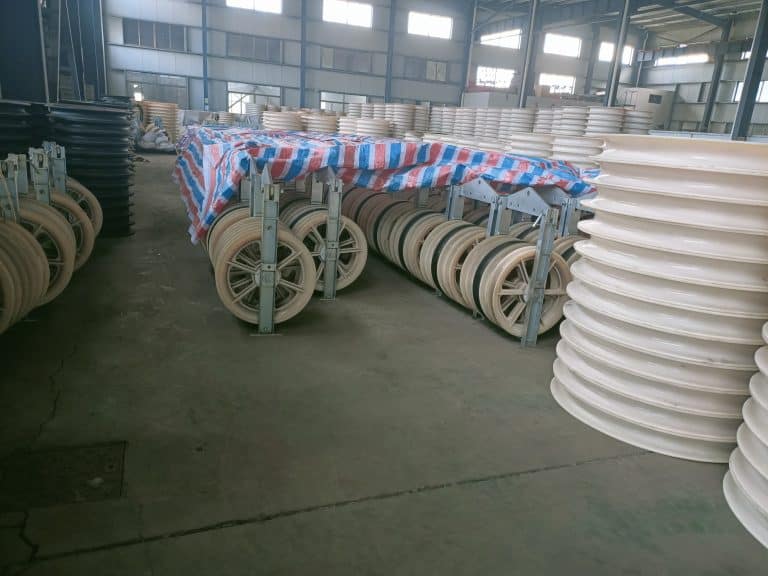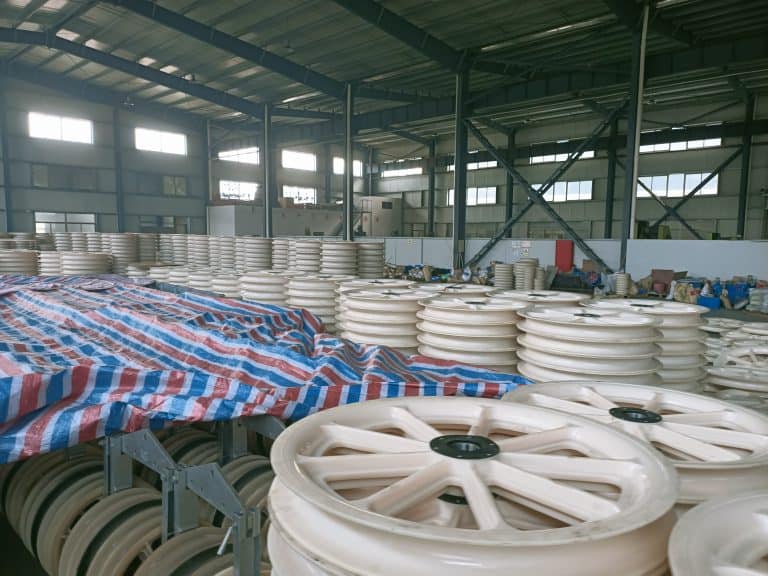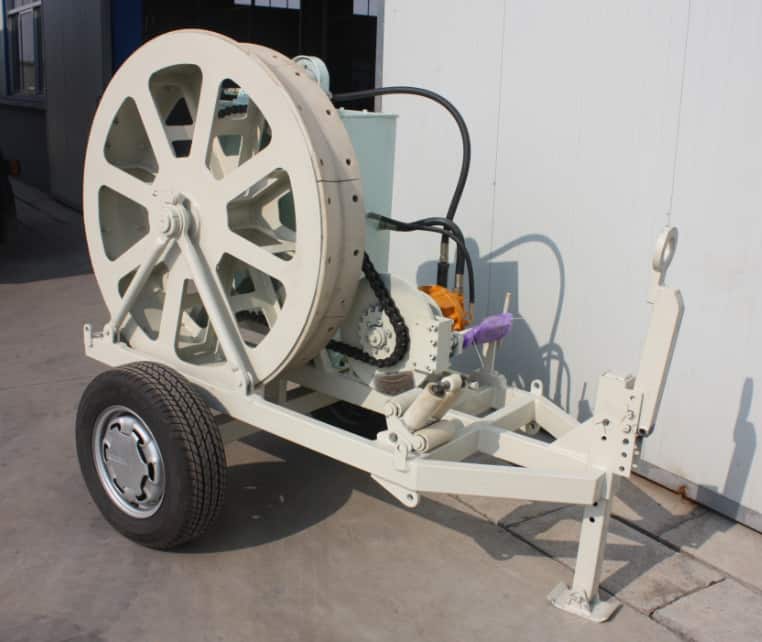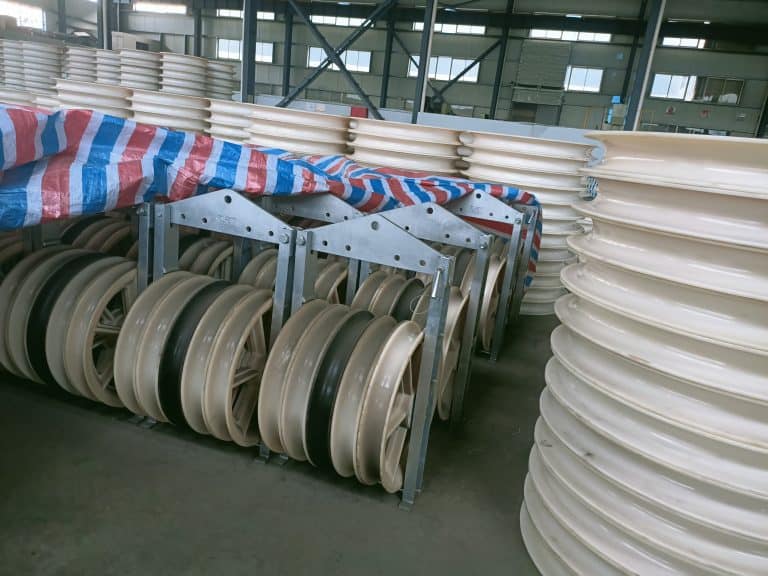What is the usage of stringing pulley?
A rotational roller known as a “stringing pulley” is always made of high-strength MC nylon,…
A rotational roller known as a “stringing pulley” is always made of high-strength MC nylon, alum, or super-quality steel. Its outer diameter ranges from 508 to 916 mm, and it has a number of sheaves, ranging from one to nine pulleys, to couple with a steel frame and work above the power line. It can be used for various split conductors depending on the sheave number. These qualities make it a popular and effective choice for LV and HV electric power line transmission construction.
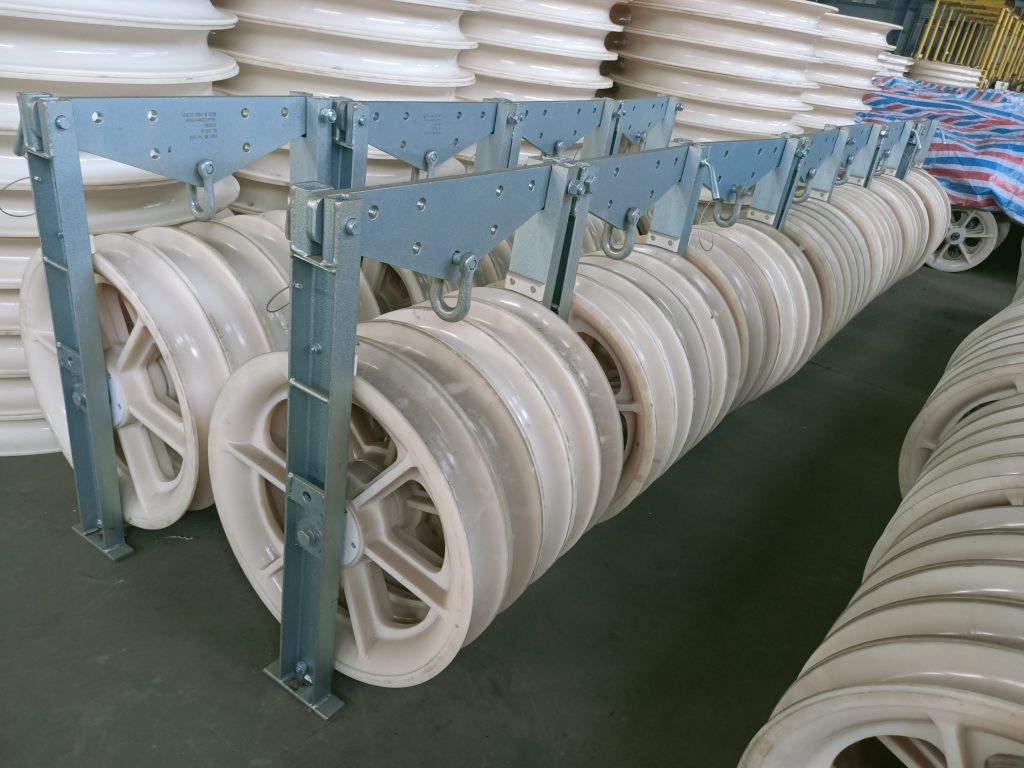
The stringing pulley is made to string overhead phone lines and small aluminum conductors. Nylon or aluminum rollers are options. With the stringing pulley, a conductor no larger than 40mm in diameter may be employed. The outer diameter of the roller is 75 mm. Only on demand are stringing pulleys created. Depending on the quantity and choice of the roller, a lead period is applicable.
Application of stringing pulley:
- It is appropriate for stringing ground steel wire, cable, stranded aluminum, and conductors on tangent constructions. The stringing pulley allows for the passage of compression sleeves, swivel connectors, and pulling rope connectors. High-strength nylon or aluminum alloy are both used to make the sheave. Neoprene can be used to line aluminum alloy sheaves of large sizes, 508mm and 660mm. Neoprene lining is an option for the large size 660mm, 822mm, 916mm, and 1040mm nylon sheaves.
- The frame is built of galvanized steel, and all the sheaves are fixed on strong, high-quality ball bearings.
- High-strength MC nylon materials are used as the sheave’s primary construction material, while premium carbon steel is used to create the frame.
Product guidelines:
When installing conductors and cables for high-voltage power transmission line projects, take precautions to prevent friction. The stringing pulley can save a lot of time and work.
Characteristics and Use of stringing pulley
- Apply to a straight pole’s conductor.
- Steel wire rope, connectors, and splicing sleeves can all fit in the slot.
- Block Pulley With Hook When erecting poles and towers, a The stringing pulley is used to release aluminum wire, and insulated wire.
- Aluminum tubes, clamp pipes, and connectors, among other materials, can be passed through the wheel groove.
- Aluminum alloy and nylon make up the substance.
- A paired plate and hook pendant is a pulley.
- The overhead transmission line’s tangent constructions can be strung with single-stranded aluminum and conductors using the stringing roller.
The stringing pulley sheaves are composed of aluminum alloy and coated with either high-strength nylon or neoprene. Ball bearings are used to mount each sheave. Steel galvanized with zinc makes up the block’s frame.
hendrix stringing blocks, conductor stringing pulley, 3 sheeve wire stringing blocks, stringing blocks conductor, fiber optic stringing blocks, din stringing blocks, conductor blocks, tallman stringing blocks, tesmec stringing blocks, lineman stringing blocks.

